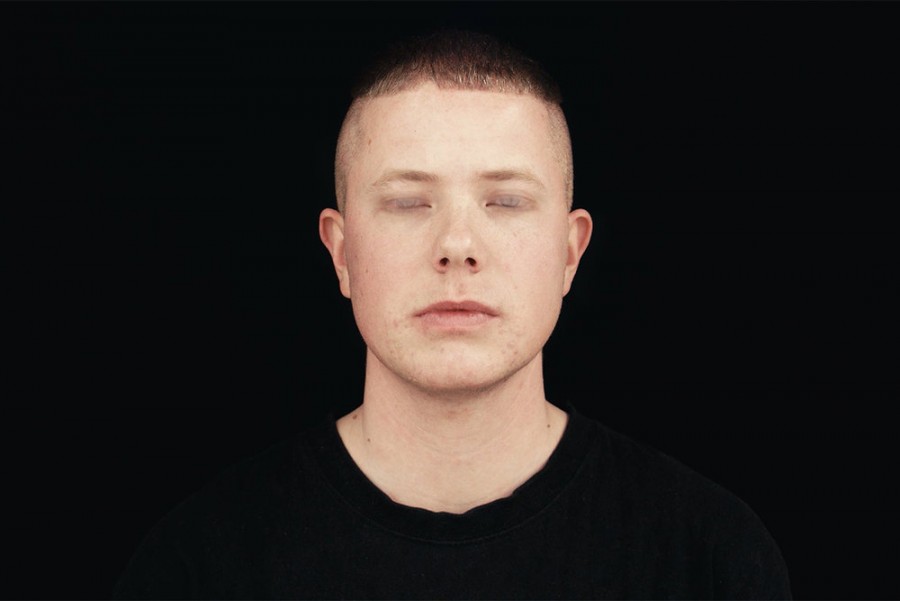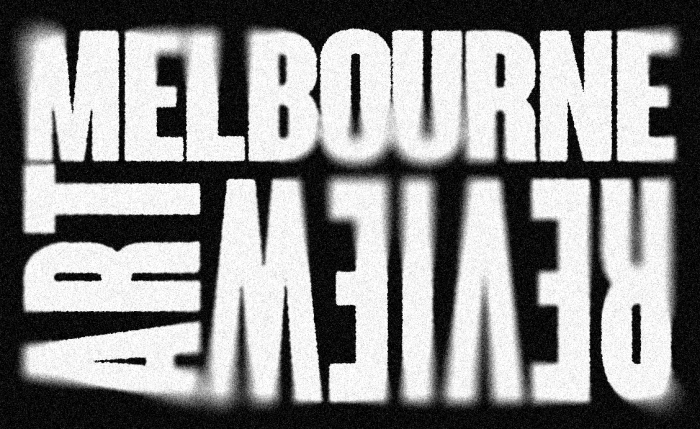Share this:
PRESENCE
3 September 2018 Comment
Presence is the latest captivating show to open at Blindside Gallery, which features the work of Isabella Hone-Saunders, Zoë Bastin, Anna Horne, Holly Bates, Lou Fourie and Archie Barry. Laid out by the curators, Brigid Hansen and Zoë Bastin, the exhibit is a sort of obstacle course of meaning and bodily awareness, constructed from feminist and LGBTQ+ perspectives.
This obstacle course is initiated upon entry by an installation consisting of a bench press, gym artefacts and screens displaying an aerobic performance, while accompanied by classical music. The movements carried out by a traditionally non-masculine body emphasise the contrast between itself and typically hard and masculine gym bodies. While this contrast combats traditional notions of bodily strength, it also plays within body building culture, with the teasing and transformative performance cutting to screenshots from an iPhone of protein powders and typing body building questions into Google. “Socio-cultural structures of strength, fitness and beauty” are thus toyed with in front of us in an absurdly operatic showcase, appearing both beautiful and ridiculous.
Sculptural works also invite an isolating and objectifying approach to looking at bodies. Fatty and gelatinous appearing sculptures by Zoë Bastin and industrial concrete forms by Anna Horne isolate the onlooker from their subjective experiences of their own bodies. Simultaneously we are masses of fluid and meat that are rated on functionality, and made only useful for industrial and capitalist exploitation. The forms are abstract but relating to this fact and our insecurity, they can only be human.
Holly Bates’ latex soft sculptural black masses comment on objectification from a queer perspective. Shiny black PVC and metal rings rippling over a mass of black charcoal create an ominous and fantastical impression of a body, enhanced by neon purple LED lights along the skirting against the floor. It is a manifestation of society’s unconscious and absurd fear of sexual and gender minorities, and queerness: a form at once totally fetishized but impotent.
Repulsion and attraction is an underlying process that occurs throughout all the artworks, but particularly so in artworks exploring the experiences of transgender and gender diverse individuals. This is so in Archie Barry’s video Shutter Utter, which allows only intermittently for the audience to receive the artist’s gaze, until a heavy bass kicks in and the artist appears in alien-like blue light, reflecting the resistance to being inspected and analysed by the cisheterosexual gaze.
The surreal and absurd depictions of corporeal reality throughout the exhibition are exemplified in Lou Fourie’s sound installation. Tongue-moistening enunciated combinations of an infinite amount of computer generated sentences, with words and phrases selected from queer theory and self-help literature encourage an infinitely open approach to understanding our bodies beyond restrictive binaries. The effect upon listening is an uncanny sense of meditative calm, at once being ensnared by the quality of the sound in your ear and the alienating yet overwhelming description of our ticking human bodies.
It is an important transformation when an artist’s investigation into their own marginalisation shifts the mirror from themselves to the audience, and the tendencies they contribute with in an oppressive society. Presence successfully achieves this, in that audiences can be so thoroughly caught amongst the exciting cacophony of artworks, yet directed clearly towards an awareness of the reality of being both alienated and human.
Words by Danielle Divola
Artwork: Archie Barry.

